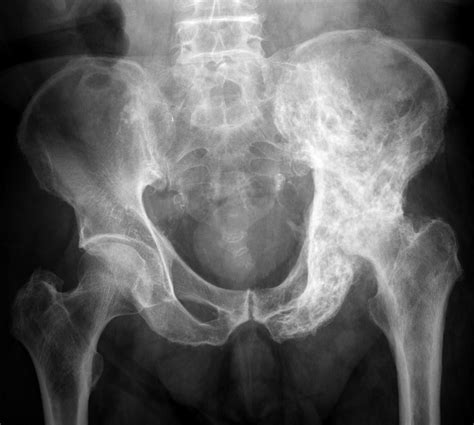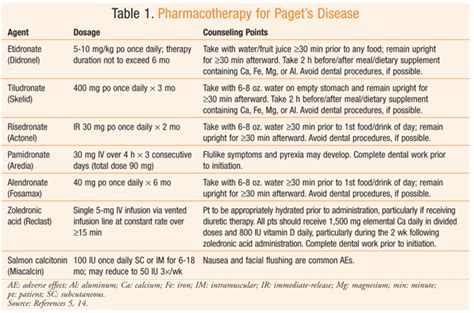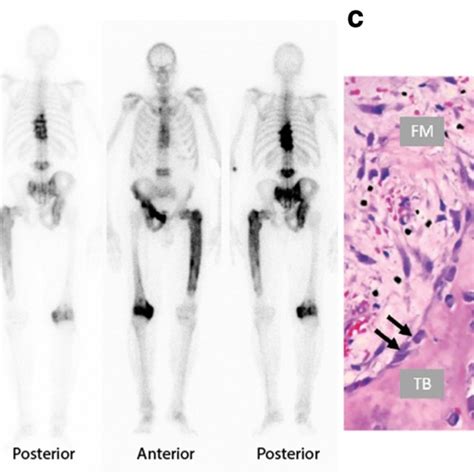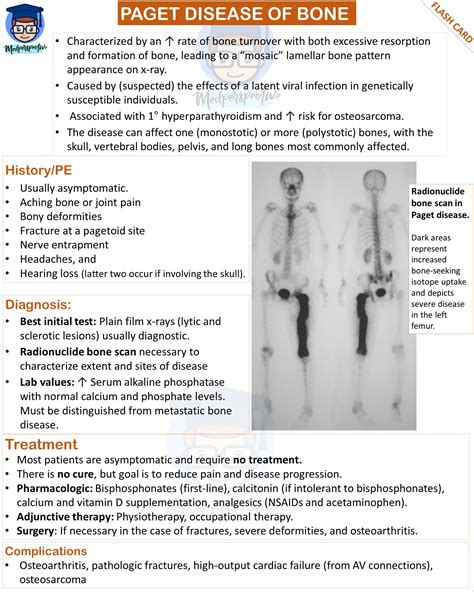Intro
Discover Pagets Disease of the breast, a rare cancer affecting nipple & areola, causing eczema-like symptoms, nipple discharge, and breast lumps, requiring prompt diagnosis and treatment to prevent metastasis and improve prognosis.
Paget's disease of the breast is a rare form of breast cancer that primarily affects the skin of the nipple and the areola, which is the darker circle of skin surrounding the nipple. This condition is often associated with an underlying breast cancer, either ductal carcinoma in situ (DCIS) or invasive breast cancer. Understanding Paget's disease of the breast is crucial for early detection and effective treatment, as it can significantly impact the prognosis and quality of life for those affected.
The importance of recognizing Paget's disease of the breast lies in its potential to be mistaken for more benign conditions such as eczema or dermatitis, due to its symptoms which can include redness, scaling, and crusting of the nipple and areola. However, unlike these benign conditions, Paget's disease is a sign of an underlying cancer that requires immediate medical attention. The disease is named after Sir James Paget, who first described it in 1874. Despite its rarity, accounting for approximately 1-4% of all breast cancers, Paget's disease of the breast is significant due to its association with underlying malignancies and its potential impact on treatment outcomes.
Paget's disease of the breast typically presents with symptoms that can be mistaken for benign skin conditions, making it essential for individuals to be aware of any changes in their breast skin and to seek medical evaluation if they notice anything unusual. The symptoms can include a rash or redness on the nipple and areola, scaling or crusting, itching, burning, or tingling sensations, and sometimes a discharge. These symptoms can be similar to those of other skin conditions, which is why a correct diagnosis by a healthcare professional is critical. Early detection and accurate diagnosis are key to managing the disease effectively and improving patient outcomes.
Paget's Disease of the Breast: Causes and Risk Factors

The exact cause of Paget's disease of the breast is not fully understood, but it is believed to originate from ductal cells within the breast. These cells can become cancerous and migrate through the milk ducts to the skin of the nipple and areola, leading to the characteristic symptoms of the disease. Several risk factors have been identified, including age, with the majority of cases occurring in women over the age of 50, family history of breast cancer, previous radiation therapy to the chest area, and the presence of certain genetic mutations, such as BRCA1 and BRCA2. Understanding these risk factors can help in the early identification and management of the disease.
Diagnosis of Paget's Disease
The diagnosis of Paget's disease of the breast involves a combination of clinical examination, imaging studies, and biopsy. A healthcare provider will typically start by performing a physical examination of the breast and taking a thorough medical history. Imaging studies such as mammography, ultrasound, or magnetic resonance imaging (MRI) may be used to evaluate the breast tissue for any underlying tumors. However, the definitive diagnosis is made through a biopsy, where a sample of the affected skin is examined under a microscope for the presence of cancer cells. The biopsy can be performed using a variety of techniques, including a punch biopsy or an excisional biopsy, depending on the extent of the disease and the location of the affected area.Treatment Options for Paget's Disease

The treatment of Paget's disease of the breast is tailored to the individual patient and depends on the extent of the disease, the presence of an underlying breast cancer, and the patient's overall health. For cases where the disease is limited to the nipple and areola without an underlying invasive cancer, treatment may involve surgery to remove the affected area, possibly including the nipple and areola, followed by radiation therapy to ensure that all cancer cells are eliminated. In cases where an underlying invasive breast cancer is present, treatment may involve a combination of surgery, radiation therapy, and systemic therapies such as chemotherapy, hormone therapy, or targeted therapy, depending on the characteristics of the cancer.
Types of Surgery for Paget's Disease
Surgery plays a critical role in the treatment of Paget's disease of the breast. The type of surgery recommended depends on the extent of the disease and the presence of an underlying cancer. For some patients, a breast-conserving surgery may be an option, where only the affected part of the breast is removed. However, in many cases, a mastectomy may be necessary to ensure the removal of all cancerous tissue. The decision between these surgical options is made in consultation with a healthcare provider and takes into account the patient's preferences, the size and location of the tumor, and the presence of any underlying conditions that may affect healing or recovery.Living with Paget's Disease of the Breast

Living with Paget's disease of the breast requires a comprehensive approach that addresses not only the physical aspects of the disease but also the emotional and psychological impacts. Patients may experience a range of emotions, from anxiety and fear to sadness and frustration, as they navigate their diagnosis and treatment. Support from family, friends, and healthcare providers is crucial during this time. Additionally, joining a support group or seeking counseling can provide a safe space to express feelings and connect with others who are going through similar experiences.
Coping Mechanisms and Lifestyle Changes
Coping with Paget's disease of the breast involves making lifestyle changes that promote overall health and well-being. This can include maintaining a healthy diet, engaging in regular physical activity, and managing stress through techniques such as meditation or yoga. It's also important to follow the treatment plan as recommended by the healthcare team and to attend all scheduled follow-up appointments to monitor for any signs of recurrence. By taking an active role in their care and making positive lifestyle changes, individuals with Paget's disease can improve their quality of life and outcomes.Future Directions in Paget's Disease Research

Research into Paget's disease of the breast is ongoing, with scientists exploring new diagnostic techniques, treatments, and ways to improve patient outcomes. One area of focus is on developing more targeted therapies that can specifically address the cancer cells in the nipple and areola without causing significant side effects. Another area of research involves improving our understanding of the genetic and molecular changes that lead to Paget's disease, which could help in the development of more effective treatments. By advancing our knowledge and treatment options for Paget's disease, researchers aim to improve the prognosis and quality of life for individuals affected by this rare but significant form of breast cancer.
Advancements in Diagnostic Techniques
Advancements in diagnostic techniques are crucial for the early detection and accurate diagnosis of Paget's disease. New imaging modalities and biopsy techniques are being developed to improve the detection of cancer cells in the breast skin and to minimize the need for invasive procedures. Additionally, research into biomarkers and genetic testing may help identify individuals at higher risk of developing Paget's disease, allowing for earlier intervention and potentially improving outcomes.Conclusion and Final Thoughts

In conclusion, Paget's disease of the breast is a rare and complex condition that requires a comprehensive approach to diagnosis, treatment, and management. By understanding the causes, risk factors, symptoms, and treatment options, individuals can take an active role in their care and make informed decisions about their health. Ongoing research into Paget's disease holds promise for improving our understanding of the disease and developing more effective treatments, which can lead to better outcomes for those affected.
What are the common symptoms of Paget's disease of the breast?
+The common symptoms include a rash or redness on the nipple and areola, scaling or crusting, itching, burning, or tingling sensations, and sometimes a discharge.
How is Paget's disease of the breast diagnosed?
+Diagnosis involves a combination of clinical examination, imaging studies such as mammography or MRI, and a biopsy to examine the affected skin for cancer cells.
What are the treatment options for Paget's disease of the breast?
+Treatment options include surgery to remove the affected area, possibly including the nipple and areola, followed by radiation therapy, and in cases with underlying invasive cancer, additional treatments such as chemotherapy or hormone therapy may be necessary.
We invite you to share your thoughts, experiences, or questions about Paget's disease of the breast in the comments section below. Your engagement can help others understand this condition better and foster a supportive community for those affected. Additionally, consider sharing this article with anyone who might benefit from the information, as awareness and education are key to improving outcomes for individuals with Paget's disease of the breast.
